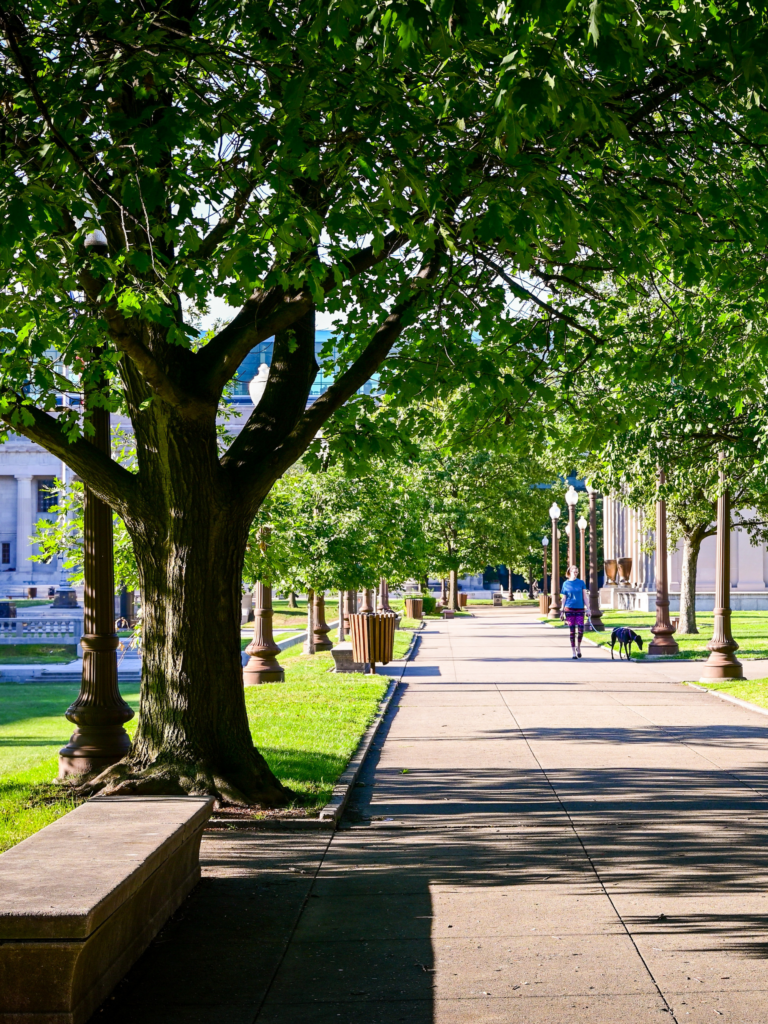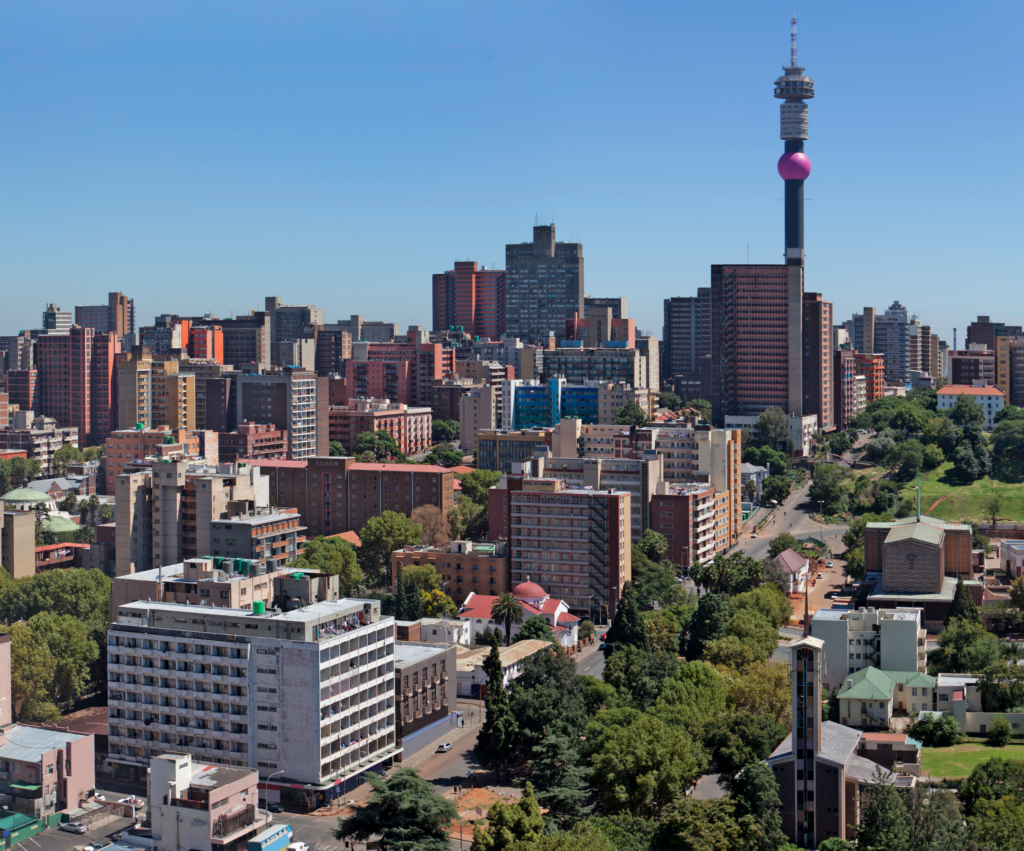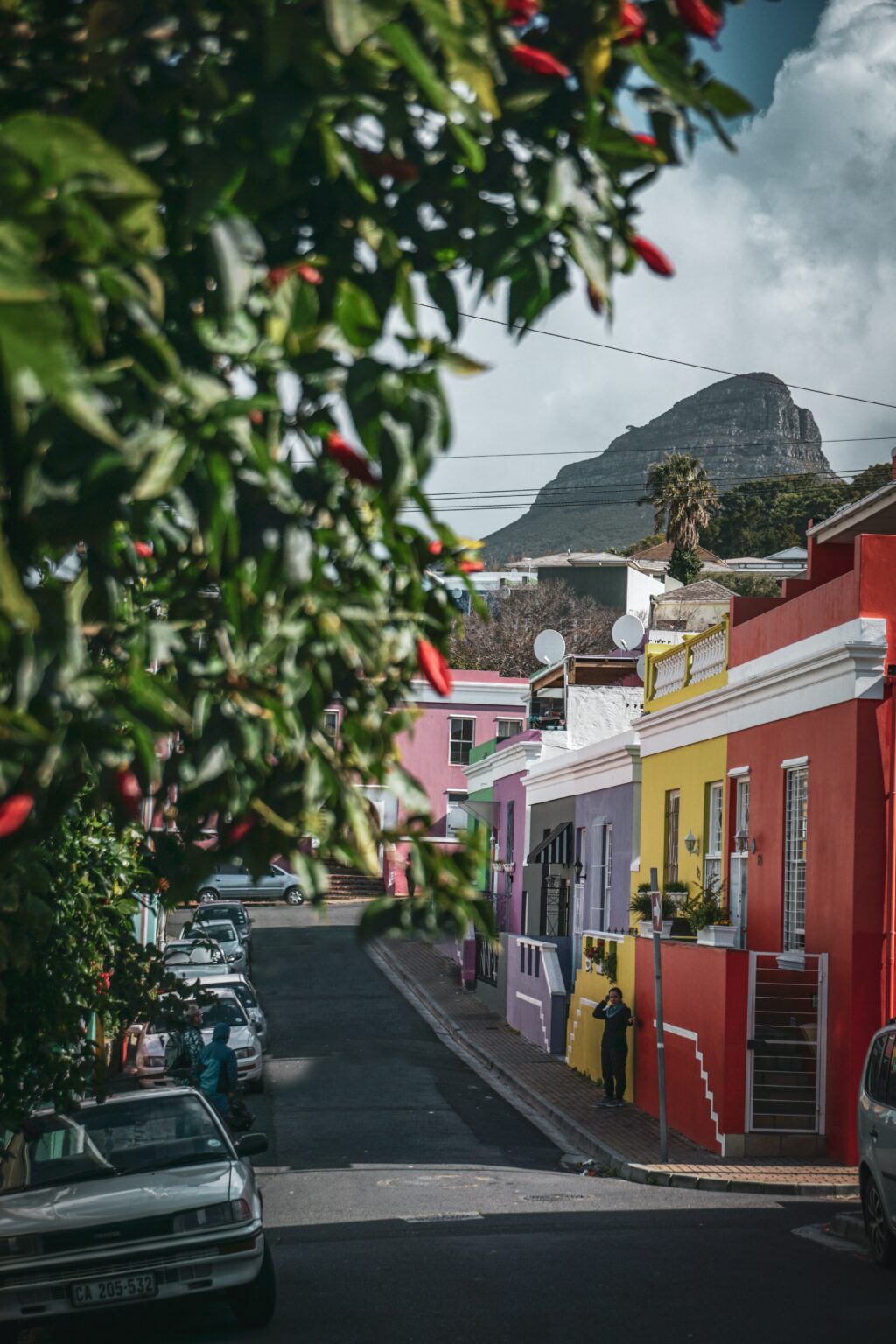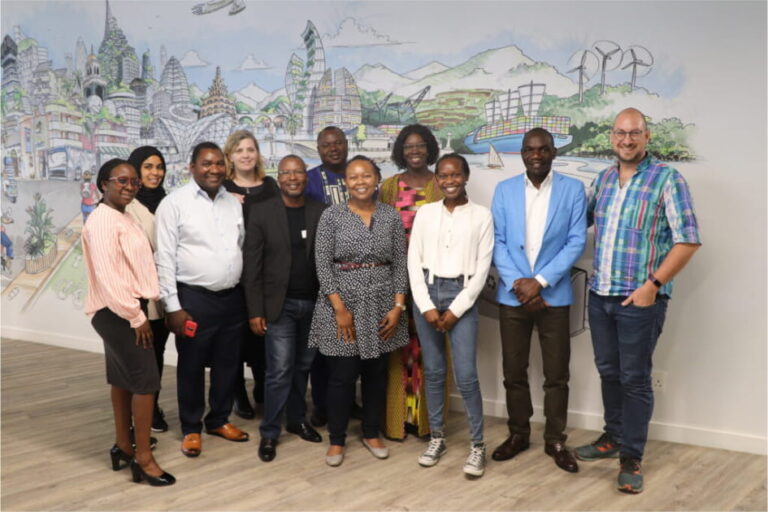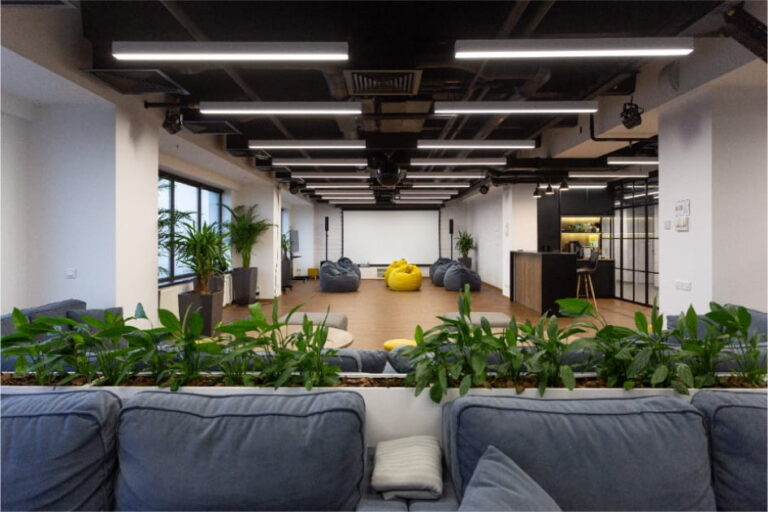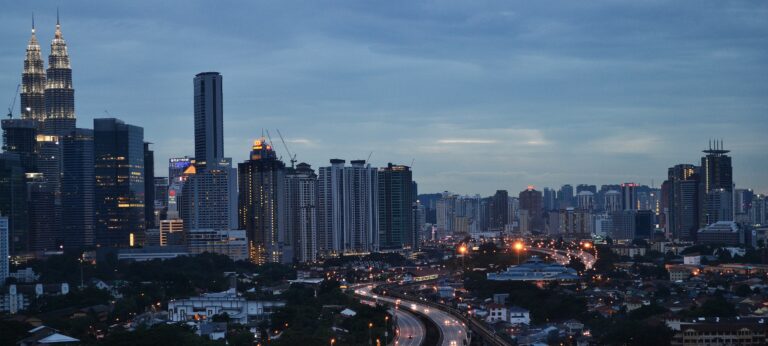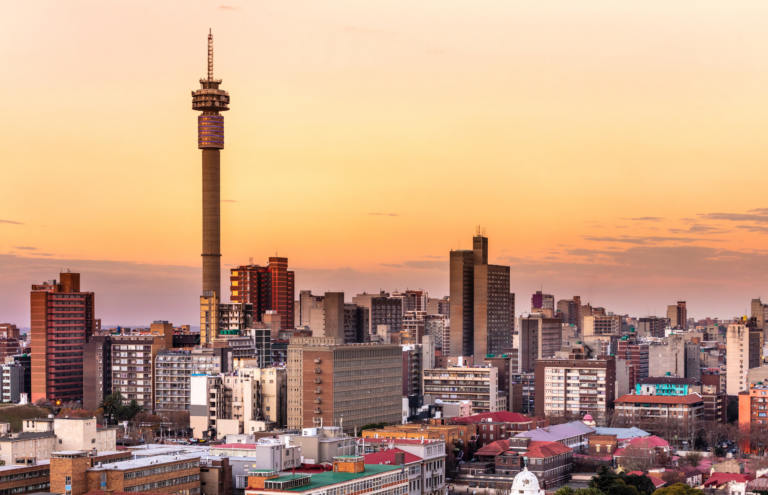Biodiversity Strategy & Action Plan for Johannesburg
We support the City of Johannesburg to secure, promote, enhance and protect natural systems and build resilience towards environmental sustainability.

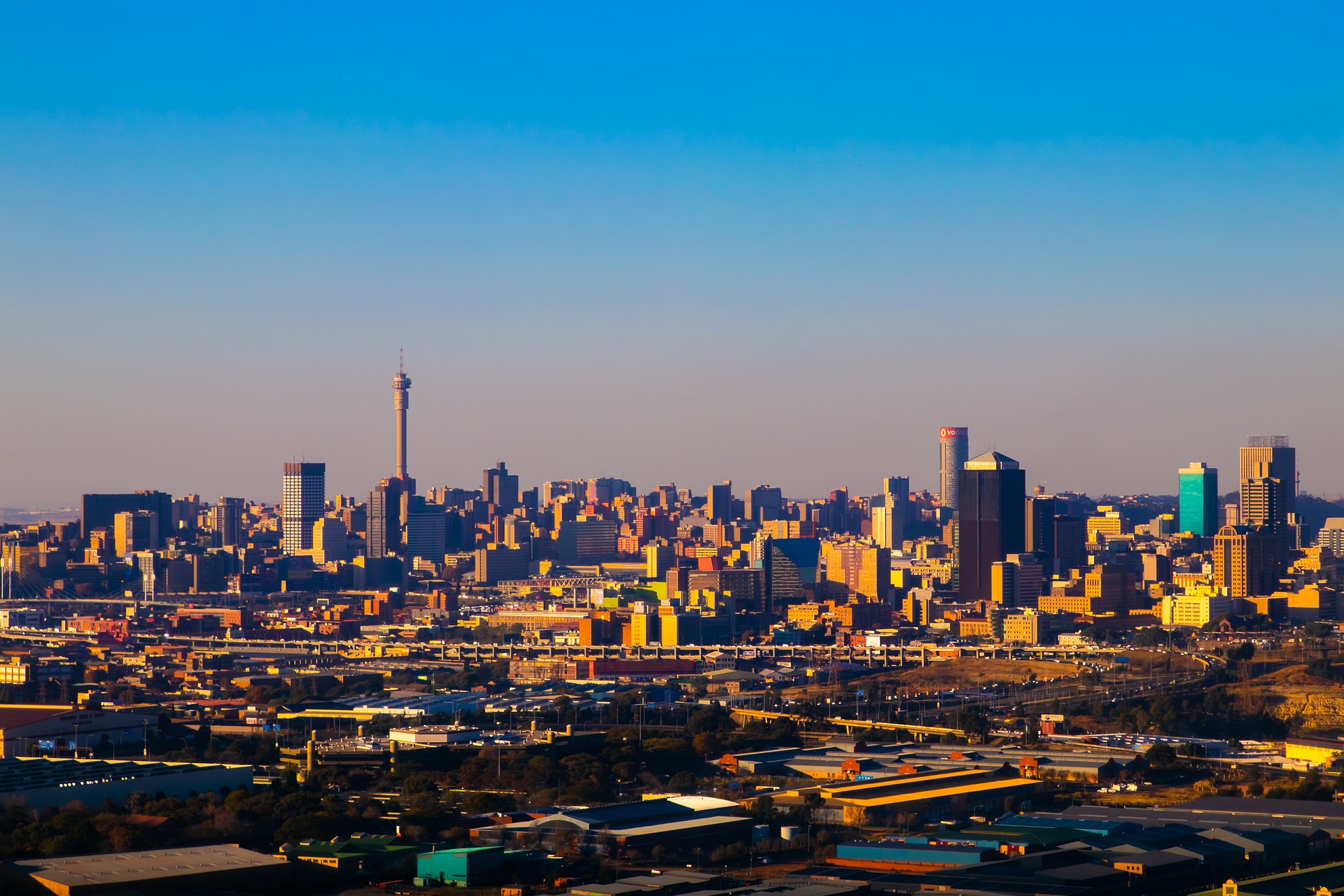


Years active:
2018
Related ICLEI Pathway(s)
Locations
About
Project summary
With 4.4 million residents, the City of Johannesburg (COJ) is both South Africa’s largest and most populated city. As it continues to expand, the city is taking proactive steps to become an environmentally sustainable and resilient African city.
The City of Johannesburg wants to protect nature and ecosystem services, improve air quality, raise environmental awareness and better manage water and waste. We are supporting the city to achieve this by drawing on our wide-ranging climate, nature and urban systems expertise.
Through this work, we are gaining a clearer understanding of the challenges facing the city and cities like it. This co-learning approach allows us to learn from them as much as they are learning from us. We share these learnings during monthly co-learning sessions and the co-production of plans, strategies, tools and campaigns.
With 4.4 million residents, the City of Johannesburg (COJ) is both South Africa’s largest and most populated city. As it continues to expand, the city is taking proactive steps to become an environmentally sustainable and resilient African city.
The City of Johannesburg wants to protect nature and ecosystem services, improve air quality, raise environmental awareness and better manage water and waste. We are supporting the city to achieve this by drawing on our wide-ranging climate, nature and urban systems expertise.
Through this work, we are gaining a clearer understanding of the challenges facing the city and cities like it. This co-learning approach allows us to learn from them as much as they are learning from us. We share these learnings during monthly co-learning sessions and the co-production of plans, strategies, tools and campaigns.
Project aims
Biodiversity strategy
- Review and update the city’s Local Biodiversity Strategy and Action Plan (LBSAP)
- Support the city on aligning their LBSAP with South Africa’s National Biodiversity Strategy and Action Plan (NBSAP) and current policies and plans relevant to nature and biodiversity in the city
- Bring together internal and external stakeholders to co-develop the strategic nature and biodiversity objectives and action plans of the city for the next five years (2020-2025)
Bioregional plan
- Review and update the city’s Bioregional Plan
- Undertake thorough, systematic planning process to gather robust data on critical biodiversity areas
- Ensure compliance and alignment with current policy and legislation
- Incorporate new data and information for the city’s critical biodiversity areas
Ecosystem services assessment
- Identify and create awareness about the value of nature to the City of Johannesburg
- Use this to advocate for restoring ecosystem services that compliment traditional infrastructures
- An economic valuation component will incorporate an economic perspective on the value of CoJ’s ecosystem services
- This work aims to inspire willingness to invest in urban nature
Juksei Catchment management
- Balance urban development with the provision and restoration of aquatic ecosystem services and adopt an integrated approach to catchment management
- Understand the intersection of stormwater, land use and aquatic health considerations within a catchment context
Environmental awareness
- Ensure coherent messaging and approaches across the various departments and entities
- Leverage this to improve citizens’ environmental consciousness and actions
Vehicle emissions
- Develop a comprehensive Vehicle emissions control strategy
- Co-produce an implementation action plan to improve ambient air quality
- Make recommendations that extend past the municipal mandate
Waste treatment and disposal
- Estimate future waste generation
- Develop scenarios for waste management that can treat and dispose of waste in a sustainable way
Alien invasive species
- Develop an Alien invasive species monitoring, control and eradication plan in line with requirements of the National Environmental Management: Biodiversity Act
- Consider the unique challenges and opportunities for a metropole when addressing the issue of invasive species in an urban context
Biodiversity strategy
- Review and update the city’s Local Biodiversity Strategy and Action Plan (LBSAP)
- Support the city on aligning their LBSAP with South Africa’s National Biodiversity Strategy and Action Plan (NBSAP) and current policies and plans relevant to nature and biodiversity in the city
- Bring together internal and external stakeholders to co-develop the strategic nature and biodiversity objectives and action plans of the city for the next five years (2020-2025)
Bioregional plan
- Review and update the city’s Bioregional Plan
- Undertake thorough, systematic planning process to gather robust data on critical biodiversity areas
- Ensure compliance and alignment with current policy and legislation
- Incorporate new data and information for the city’s critical biodiversity areas
Ecosystem services assessment
- Identify and create awareness about the value of nature to the City of Johannesburg
- Use this to advocate for restoring ecosystem services that compliment traditional infrastructures
- An economic valuation component will incorporate an economic perspective on the value of CoJ’s ecosystem services
- This work aims to inspire willingness to invest in urban nature
Juksei Catchment management
- Balance urban development with the provision and restoration of aquatic ecosystem services and adopt an integrated approach to catchment management
- Understand the intersection of stormwater, land use and aquatic health considerations within a catchment context
Environmental awareness
- Ensure coherent messaging and approaches across the various departments and entities
- Leverage this to improve citizens’ environmental consciousness and actions
Vehicle emissions
- Develop a comprehensive Vehicle emissions control strategy
- Co-produce an implementation action plan to improve ambient air quality
- Make recommendations that extend past the municipal mandate
Waste treatment and disposal
- Estimate future waste generation
- Develop scenarios for waste management that can treat and dispose of waste in a sustainable way
Alien invasive species
- Develop an Alien invasive species monitoring, control and eradication plan in line with requirements of the National Environmental Management: Biodiversity Act
- Consider the unique challenges and opportunities for a metropole when addressing the issue of invasive species in an urban context
Project highlights
Highlight 1
Highlight 2
Highlight 3
Highlight 4
Highlight 5
Highlight 6




